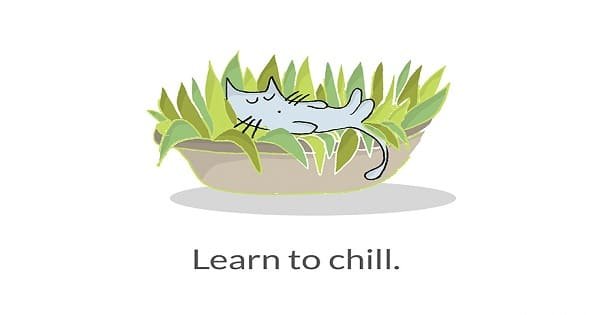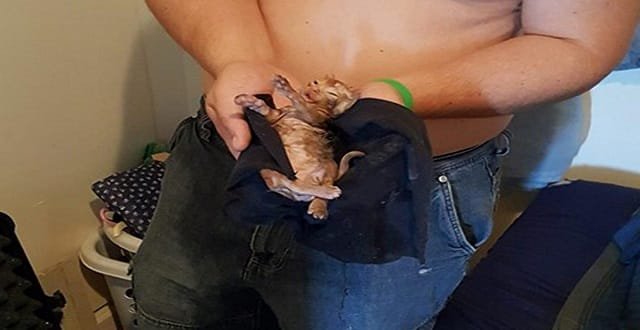NEW ZEALAND - Collecting and freezing 400 cat poos and setting up a total of 28 cat cameras is not crazy behavior since it could help protect our native birds.
Massey University student Kathryn Strang absolutely loves working with cats and hopes her doctoral studies of a feral cat population could reveal clues to help control their numbers.
She is also providing her expertise for a project initiated by a New Zealander to set up new safeguards around the quickly decreasing population of wild Sumatran tigers in Indonesia.
For the past two years, Strang’s time has been pretty much divided between Palmerston North and a population of kiwi and feral cats on an island in the Hauraki gulf.
She is not able to reveal the private island’s name, but it is ideal for her studies as there are no stoats – the prime predator of kiwi on the mainland.
“There’s about 1000 kiwi here per hectare – it’s one of the most densely populated areas in New Zealand.
I have five cats tagged with radio collars, so I can track them, and I have camera traps – 28 motion-activated infrared cameras.”
The kiwi population on the island is doing fairly well, whereas there are only thought to be about 10 feral cats on the island.
However, the cat population and their territories are quite changeable; female cats might have up to eight kittens a year. Most females are in very poor condition, and most kittens die.
“I want to learn more about what the [cats] are doing in the eco-system, their population dynamics, and why they die because that could help with management.”
To get a more thorough look at the cats’ diet, she now faces the challenging task of analyzing two years’ worth of cat poo, to find out exactly what they ate.
“I’d go around and collect cat scat or cat poo – I collect it and freeze it, and bring it back to university.
“Then we sieve it, and wash it through the hair and bones and then I put it under a microscope to identify what it is.”
So far it is very clear the cats eat a lot of rats, small perching birds, and insects, as well as kereru, magpies, and pukeko and in one case, an eel.
“The theory is they could be controlling rats, but we need to know more because a rat a day is not really going to make too much of a dent in the rat population.”
Just last year Strang visited the island of Sumatra to use her experience from the Hauraki Gulf island study to help protect much bigger cats.
“I’m working with Stay Wild, looking at estimating the Sumatran tiger population. We’re setting up camera traps and an anti-poaching team, and raising funds.”
During her visit, she didn’t get the opportunity to see one of the elusive tigers but did see lots of other “amazing wildlife”, including orangutans. However, she plans to return to volunteer with Stay Wild again next year.





